03:29
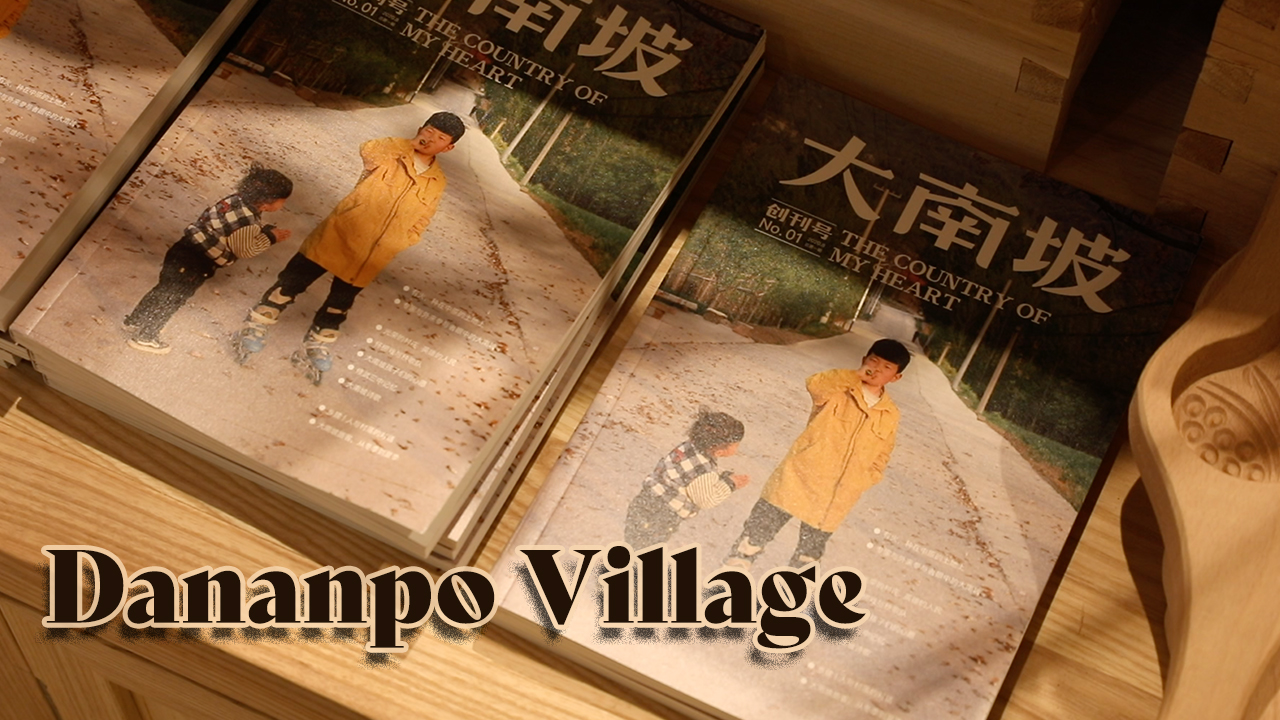
GSS Autumn Gathering 2020, an event about rural life and culture organized by curator and researcher Zuo Jing, was held in Dananpo Village, Xicun Township, Xiuwu County, central China's Henan Province, not long ago.
The event was based on a project called Great South Slope (GSS), launched earlier this year, which is a combination of various activities including cultural exploration, public art education, local construction, architectural landscape, exhibition publishing, product and space innovation. CGTN visited Dananpo and learned about the purpose and sustainability of the project from Zuo and local government officials.
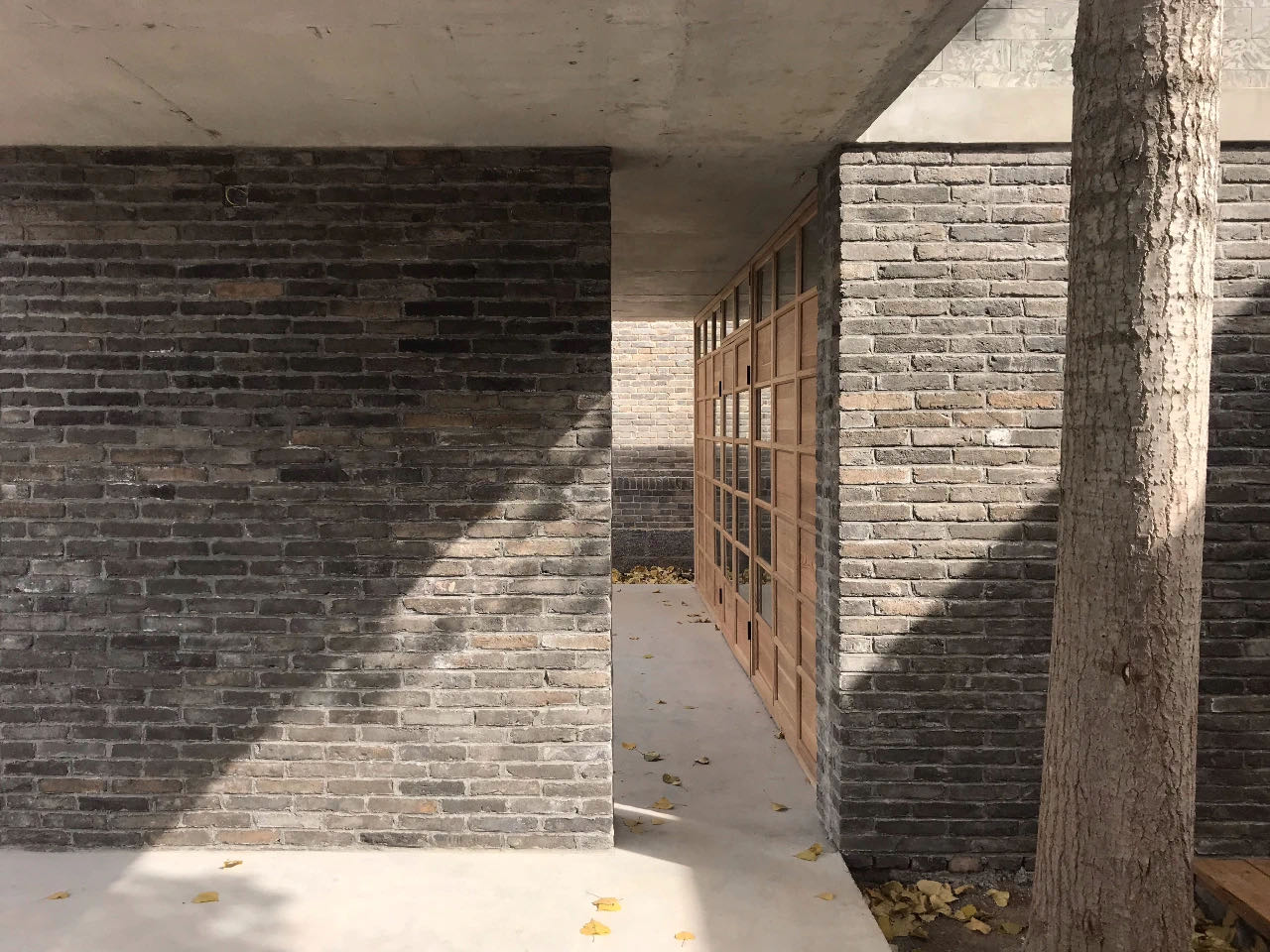
"Tea House," a revived public space in Dananpo Village, was designed by Approach Architecture Studio, in central China's Henan Province. /GSS Project
"Tea House," a revived public space in Dananpo Village, was designed by Approach Architecture Studio, in central China's Henan Province. /GSS Project
Dananpo Village, 15 kilometers away from another Henan city called Jiaozuo, is in the Mount Yuntai scenic spot, an important tourist detination in the province, which receives millions of visitors every year.
Although the geographical location is close to the scenic spot, farming and outward employment migration still form the bedrock of the economic support for villagers.
In the 1970s and 1980s, a number of public buildings were constructed for the development of the coal industry in the village, but most are now idle. The whole team started to renovate some of the unused buildings at the beginning of this year. The aim is to create a new type of space for exhibitions, reading, education and shop activities for rural areas as a means of encouraging contemporary rural life with multiple dimensions.
Conservation and development
The local government has been working on the concept of "rural aesthetics" since 2016. Experienced architects and graphic designers have been encouraged to get involved in designing for rural development.
But does the countryside need this kind of landscape design? Will the transformation of the countryside destroy the balance of the countryside itself? Curator Zuo Jing explained how a balance can be struck between conservation and development.
"I think the development of the countryside should be diversified," Zuo said. He does not oppose the development model of touristic villages, but believes that the revitalization of rural culture should be the main focus of rural development.
As Dananpo does not have a large number of ancient buildings, Zuo said it could not be developed in accordance with the inherent cultural and tourism mode, so he changed his thinking and started excavating the relevant culture of the village.
He began organizing teams to help restore the village's Huaibang drama troupe and Yangko troupe, re-excavating and recreating cultural content that had been suspended for more than 40 years.
01:33
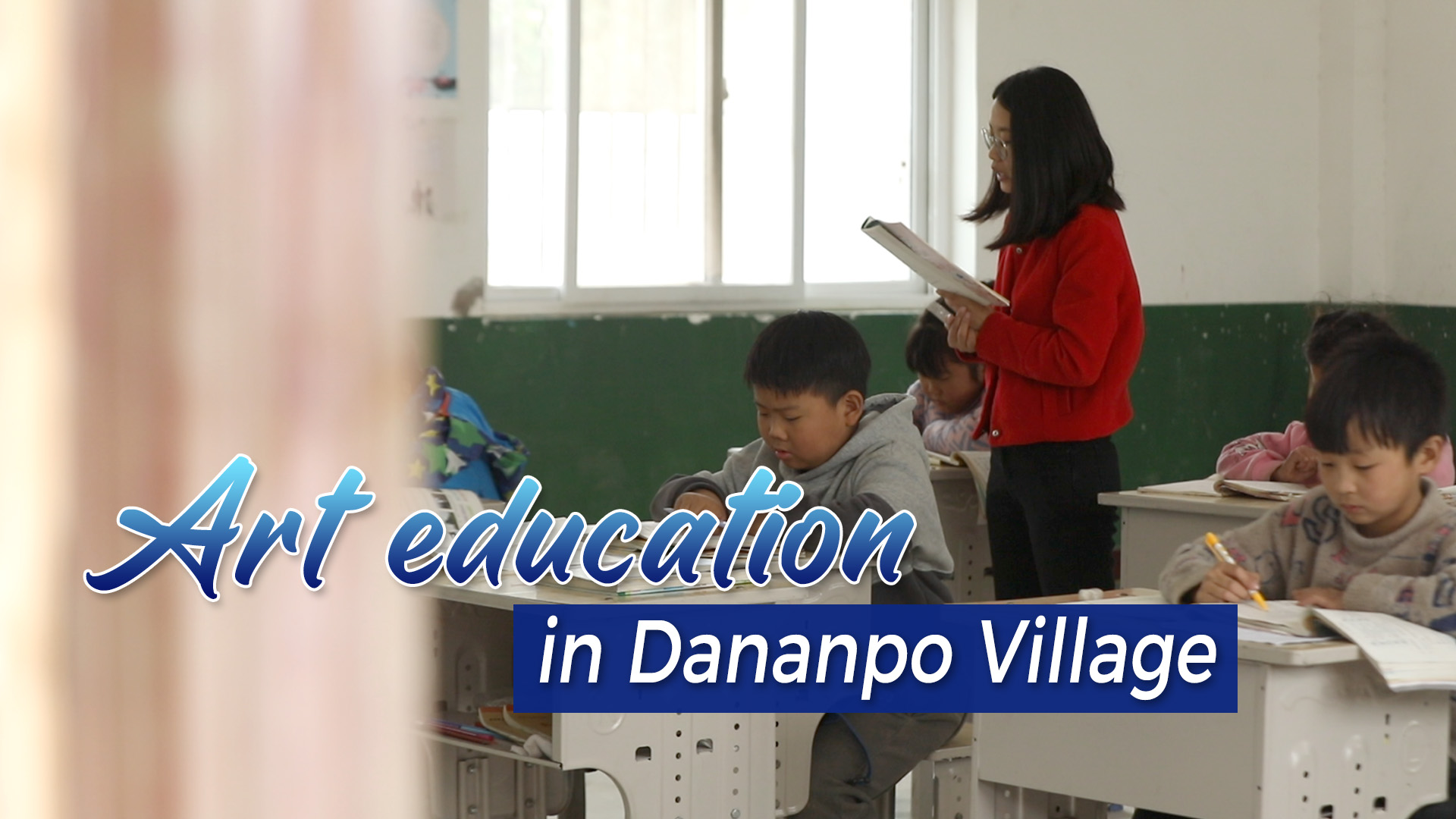
In addition, his studio collaborated with the Beijing Contemporary Art Foundation (BCAF) to launch an art education campaign for local primary schools.
"From my own point of view, I first wanted the project to be locally connected," said Hu Fei, BCAF secretary-general.
In Hu's view, if a project is rooted in the countryside, it should have a connection with the countryside. "I can't just rigidly add something to a project that only someone personally thinks is good."
These moves have the support of the local government. "In the past, duplicate villages designed under destructive and low-quality development have not brought high value-added benefits, but lost more than they were worth including destroying the most valuable ecological and environmental resources," said Guo Peng, a member of the Standing Committee of Jiaozuo Municipal Committee CPC and Secretary of Xiuwu County Committee.
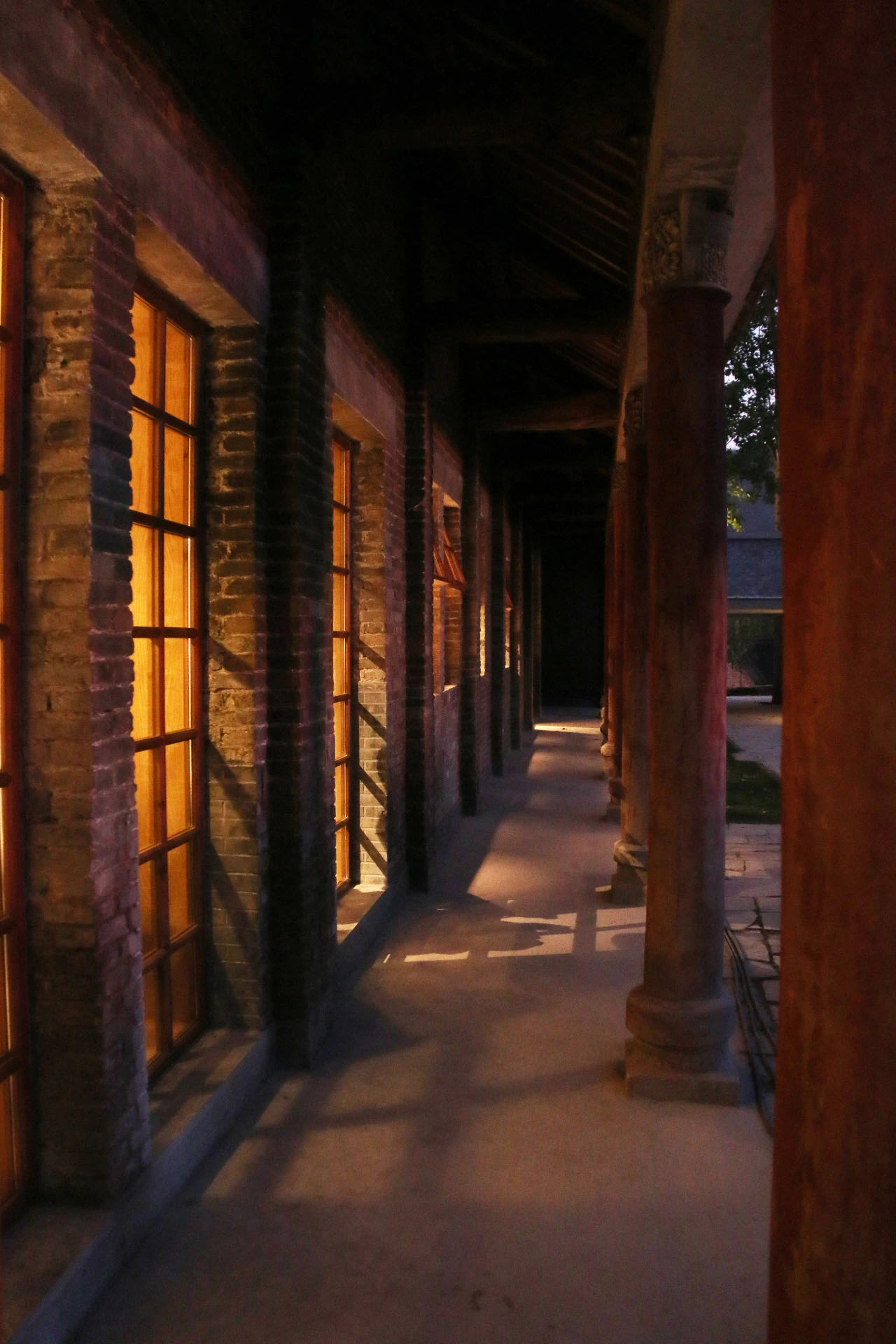
Fang Suo Rural Culture Dananpo. /GSS Project
Fang Suo Rural Culture Dananpo. /GSS Project
The buildings in the reconstruction area of Dananpo village try their best to keep the original appearance, and even the renovated floors are made of the original stone slabs and the local riverbank stones.
In the choice of building materials, Zuo Jing did not object to the use of modern, more solid materials. "But the style should match the look of the whole village," he said.
In Zuo's eyes, there is not a single contemporary aesthetic taste in the world. Buildings of different periods and regions may be beautiful in their ways. It is of great significance for resource utilization and continuation of rural culture to appropriately retain old buildings rather than demolishing and reconstructing them.
According to Zuo, many people think that when a project ends, the team's work is over, but in his opinion, it is not. "I always thought, I'm not doing a transient project, I'm doing township building," he said.
"We should run it, then coach and help the local people to run it, and finally put the renovated village in the hands of the local people, which is what I want to see most."
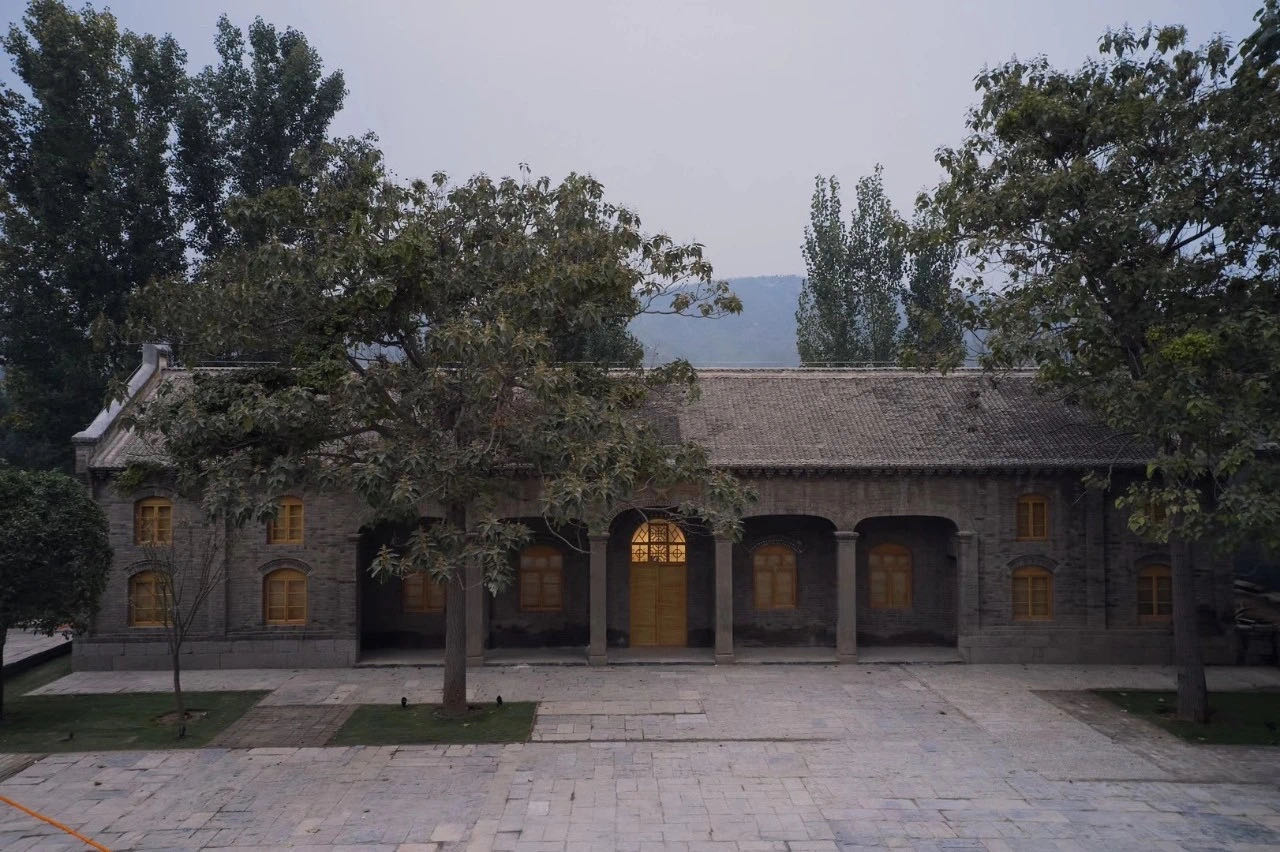
The Great South Slope Art Center after renovations. /GSS Project
The Great South Slope Art Center after renovations. /GSS Project
Similarly, in the section of art education, Hu and her team started with the training of teachers and students, because teachers spend the most time with children after their parents.
She said local teachers can also integrate educational resources with local conditions and make adjustments.
For Zuo, only if Dananpo village is sustainable in this way, can rural construction be long-term.
Reporter: Ye Qing
Editor: Ye Qing
Videographer: Zhao Jing
Video editor: Ye Qing
Cover image designers: Feng Yuan, Pan Yufei

